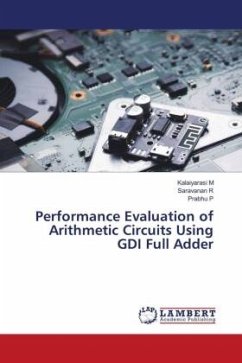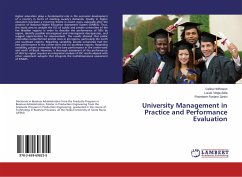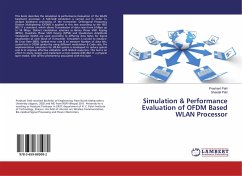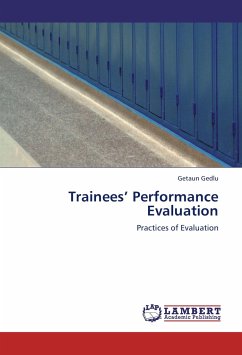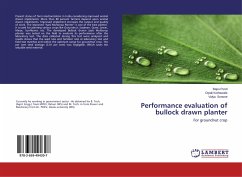
Performance Evaluation of Filtration System for GW Recharging Wells
Versandkostenfrei!
Versandfertig in 6-10 Tagen
27,99 €
inkl. MwSt.

PAYBACK Punkte
14 °P sammeln!
Collection of storm water runoff and forcing it into the groundwater is the need of the hour to sustain the ground water table. However, the runoff entraps various types of sediments and other floating objects whose removal are essential to avoid pollution of ground water and blocking of pores of aquifer. However, it requires regular cleaning and maintenance due to problem of clogging. To evaluate the performance of filter system consisting of coarse sand (CS), gravel (G) and pebble (P) layers, a laboratory experiment was conducted in a rectangular column. The effect of variable thickness of C...
Collection of storm water runoff and forcing it into the groundwater is the need of the hour to sustain the ground water table. However, the runoff entraps various types of sediments and other floating objects whose removal are essential to avoid pollution of ground water and blocking of pores of aquifer. However, it requires regular cleaning and maintenance due to problem of clogging. To evaluate the performance of filter system consisting of coarse sand (CS), gravel (G) and pebble (P) layers, a laboratory experiment was conducted in a rectangular column. The effect of variable thickness of CS, G and P layers of the filtration unit of the recharge shaft on the recharge rate and the sediment concentration of effluent water were evaluated.




